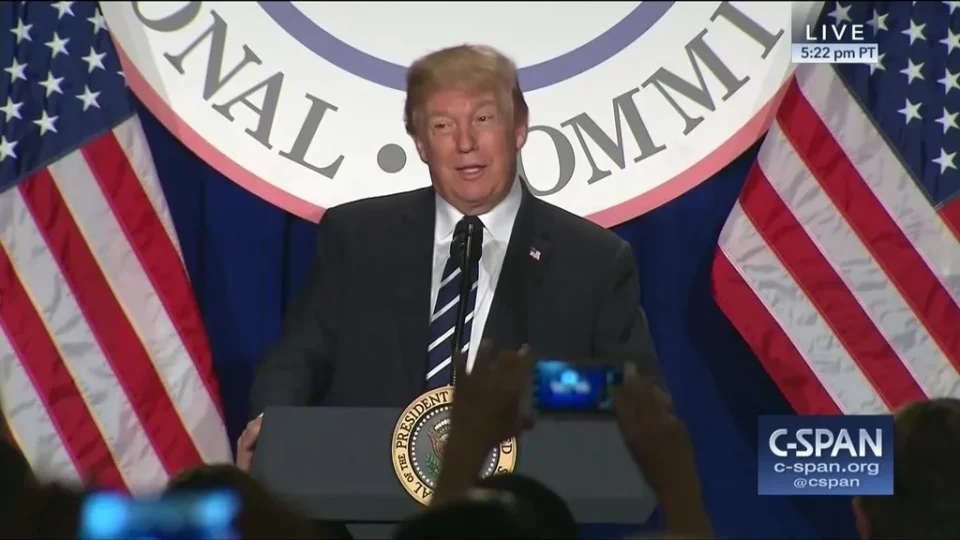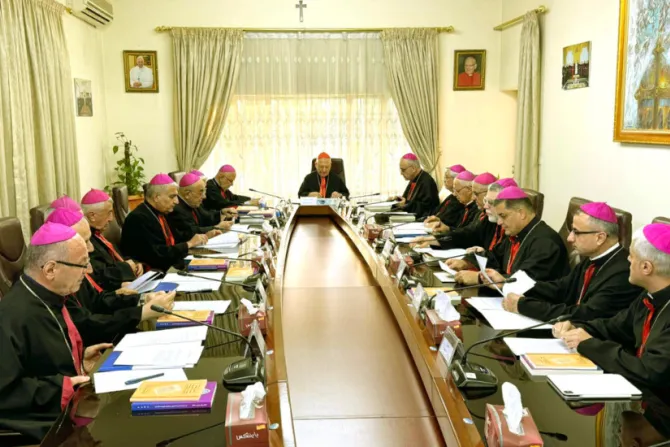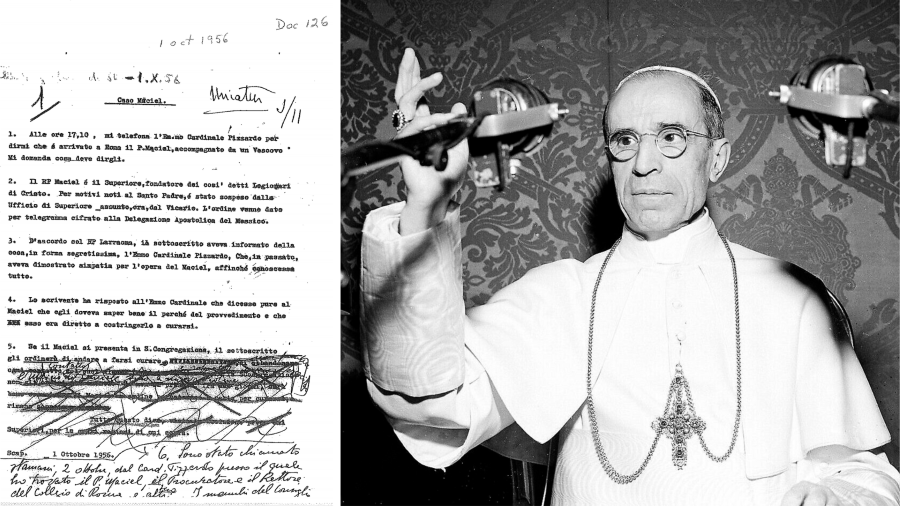– “Ultimately, this report is about the sanctity of all human life.”
This remarkable line opens up an international police group’s flagship document on how to improve incidents of officer-involved shootings and the kinds of non-armed crisis situations that take place regularly across the United States.
“The essence of policing is the preservation of life,” Chuck Wexler, executive director of the Police Executive Research Forum in Washington, D.C., told CNA.
“That’s why we exist; life is very precious, and we have to remind ourselves of that.”
This ethic of protecting human life extends even to the use of force in responding to incidents, Wexler argued: “Everything should be what we have to do to preserve human life – especially in the area of use of force.”
This principle, that human life is sacred has found itself at the core of PERF’s work as an independent research and policy organization that looks at best practices in policing, as well as assistance, education and advice for law enforcement agencies.
With the idea that “the sanctity of human life should be at the heart of everything an agency does” at the center of the organization’s 30 Guiding Principles on the Use of Force and training guide, the group is already revolutionizing the way police departments approach policies on force and the response to crisis situations.
Keeping everyone safe
The pro-life approach to police work is part of a years-long project undertaken by PERF, which has more than 2500 members from around the globe.
Wexler explained that the organization was inspired to readjust their recommended policies and training after high-profile cases of police violence in Ferguson, Mo., and elsewhere sparked a national conversation on the appropriate force.
“We needed to take a hard look at what we were doing,” he said.
It’s hard to capture the scope of the issue of police-involved shootings in the United States, because there is no data or source of official reports that’s collected on a national level.
FBI Director James B. Comey explained in a 2015 speech at Georgetown University that the federal agency can’t even investigate the issue because “reporting by police departments is voluntary and not all departments participate. That means we cannot fully track the number of incidents in which force is used by police, or against police, including non-fatal encounters, which are not reported at all.”
This means that any information available is at best unreliable, and hampers both investigating and addressing the issue, the director said.
In its report, PERF pointed to attempts by journalists at the Guardian and the Washington Post to help fill this void of data by documenting the number of people killed in officer-involved shootings in the United States. The Cato Institute, a libertarian think tank in Washington, D.C., also collects data on allegations of police misconduct, including shootings, at the National Police Misconduct Reporting Project.
PERF furthermore noted that according to the data collected by the Washington Post, nearly one-third of fatal police-involved shootings in 2015 could have a significant potential for de-escalation, either because the subject killed was mentally ill, unarmed, or armed with a weapon that was not a firearm.
Wexler was assisting colleagues in Scottish police departments when these issues rose to public prominence in 2014. It occurred to Wexler that these colleagues – most of whom are not armed in departments in the United Kingdom – still must respond to and stay safe when dealing with incidents involving weapons like bats or knives, without the option of deadly force.
“For me it was an epiphany,” Wexler said. He asked himself, “If they can do it, why can’t we?”
PERF had researchers spend time studying police tactics in Scotland as well as in special emergency units in New York City and other departments around the United States. While the organization’s later research made a point not to blame most of the officers at the center of these events, PERF reassessed the training and policies surrounding the use of force in challenging situations.
“It really got us to think about how to re-engineer use of force policy and training,” Wexler said.
The result of their research was a document outlining guiding principles on the use of force and a training guide to teach officers how to better diffuse situations where de-escalation is possible. The guiding principles document notes that in most non-firearm cases “the threat is not immediate and the officers will have options for considering a more methodical, organized approach,” and many lives have the potential to be saved.
All of this is about trying to de-escalate a situation, giving officers the tools they need to do that.
It is this potential for saving lives – and not only the lives of civilians who interact with the police – which is the focus of the revised guidelines and tactics. PERF’s research states that changing approaches to incidents can increase officer safety, too.
“Rather than unnecessarily pushing officers into harm’s way in some circumstances, there may be opportunities to slow those situations down, bring more resources to the scene, and utilize sound decision-making that is designed to keep officers safe, while also protecting the public,” the report states.
In its findings, the document emphasizes the sanctity of human life as well as administering life-saving aid, transparency in reporting officer-involved shooting, use of less lethal options, and promoting effective means of managing mental illness in crisis situations.
The documents also criticize “line in the sand” policies and other training and field tactics which they found escalated, rather than calmed, crisis situations not involving firearms.
Wexler also said the principles of proportionality and effective communication are key to protecting the lives of all involved.
“All of this is about trying to de-escalate a situation, giving officers the tools they need to do that,” emphasizing the importance of teamwork, tactical skills and crisis intervention. “What’s really important is the safety of the officer and the safety of the person you’re dealing with.”
From the church to the streets
These policies aimed at respecting the dignity of life are not just formulated in an abstract environment, but with feedback from around the world.
“We have consulted with literally hundreds of police officers and police departments. We met and studied best practices around the country,” Wexler said.
The research organization consulted with hundreds of police chiefs for over two years, and looked at countless case studies and reports to put together their findings and then their training program.
“We would not be recommending something if we didn’t think it would work, and we’ve seen enough cases in the United States and in other countries where some may already be doing it or are in the process of implementing it.”
One of the other sources Wexler and PERF president, Scott Thompson, consulted in putting together the report was the archbishop of the largest city in the United States, Cardinal Timothy Dolan of New York.
“The person who we thought would really be interested in this concept was Cardinal Dolan in New York,” Wexler recalled. “We went to see Cardinal Dolan because we thought our principles, and in particular that principle, would be very significant to him.”
Cardinal Dolan was elected as the chairman-elect of the U.S. Bishops’ Committee on Pro-Life activities beginning his term as chair in 2015.
“We had a really good meeting and he really understood and embraced” the core principle of protecting life, Wexler said. “It was something he could be very supportive of.”
There has been pushback from a lot of the major organizations.
PERF mentioned that Cardinal Blase Cupich of Chicago has also lent his support in helping the group’s training programs for the Chicago Police Department.
While the police policy guidelines have been met with support among the hundreds of departments who worked with PERF, the organization’s focus on prioritizing the sanctity of the lives of all persons involved in police incidents has not been without controversy.
“There has been pushback from a lot of the major organizations,” Wexler acknowledged.
When PERF first released its guidelines in March 2016, it was met with harsh criticism from both the International Association of Chiefs of Police and the Fraternal Order of Police.
“We cannot reasonably expect law enforcement officers to walk away from potentially dangerous situations and individuals in the hope that those situations resolve themselves without further harm being done,” the organizations said in a joint response to PERF’s initial report.
A year later, however, national police organizations have started to adopt consensus principles that echo many of the ideas emphasized by PERF.
In a document laying out “National Consensus Policy” on the use of force, released in January 2017, 11 national police organizations – including the FOP and IACP – emphasized the importance of de-escalation policies, “reasonably prudent” responses, and less-lethal force. The policy also asks that departments around the country openly state that the “policy of this law enforcement agency is to value and preserve human life.”
While Wexler said he could not comment on these adaptations, he did say the shift in focus to emphasize the dignity and value of all lives – even in the most challenging situations – is a “difficult” shift in perspective: “The changes we’re recommending are probably some of the biggest changes in police tactics that we’ve seen in 25 years.”
And the size of the policing community in the United States – more than 18,000 departments – only adds to the challenge.
Still, while the values and emphasis in police policy might still face some debate, PERF’s training and concrete policies have met with wide acceptance.
“We’ve had no pushback from our training,” he said, pointing to the hundreds of departments who have come to their training workshops in New Orleans, Baltimore, and Los Angeles.
With this support in the year since putting out the guidelines and what they’ve seen in the research process, Wexler is confident that they can create a culture that defends the sanctity of human life in all aspects of its police work.
“I’m optimistic that in five years, this will no longer be controversial,” Wexler said. “This will be the way people handle these situations.”
This article was originally published on CNA April 7, 2017.
http://www.catholicnewsagency.com/news/what-does-it-mean-to-be-a-pro-life-police-officer-34490/





 Washington D.C
Washington D.C

